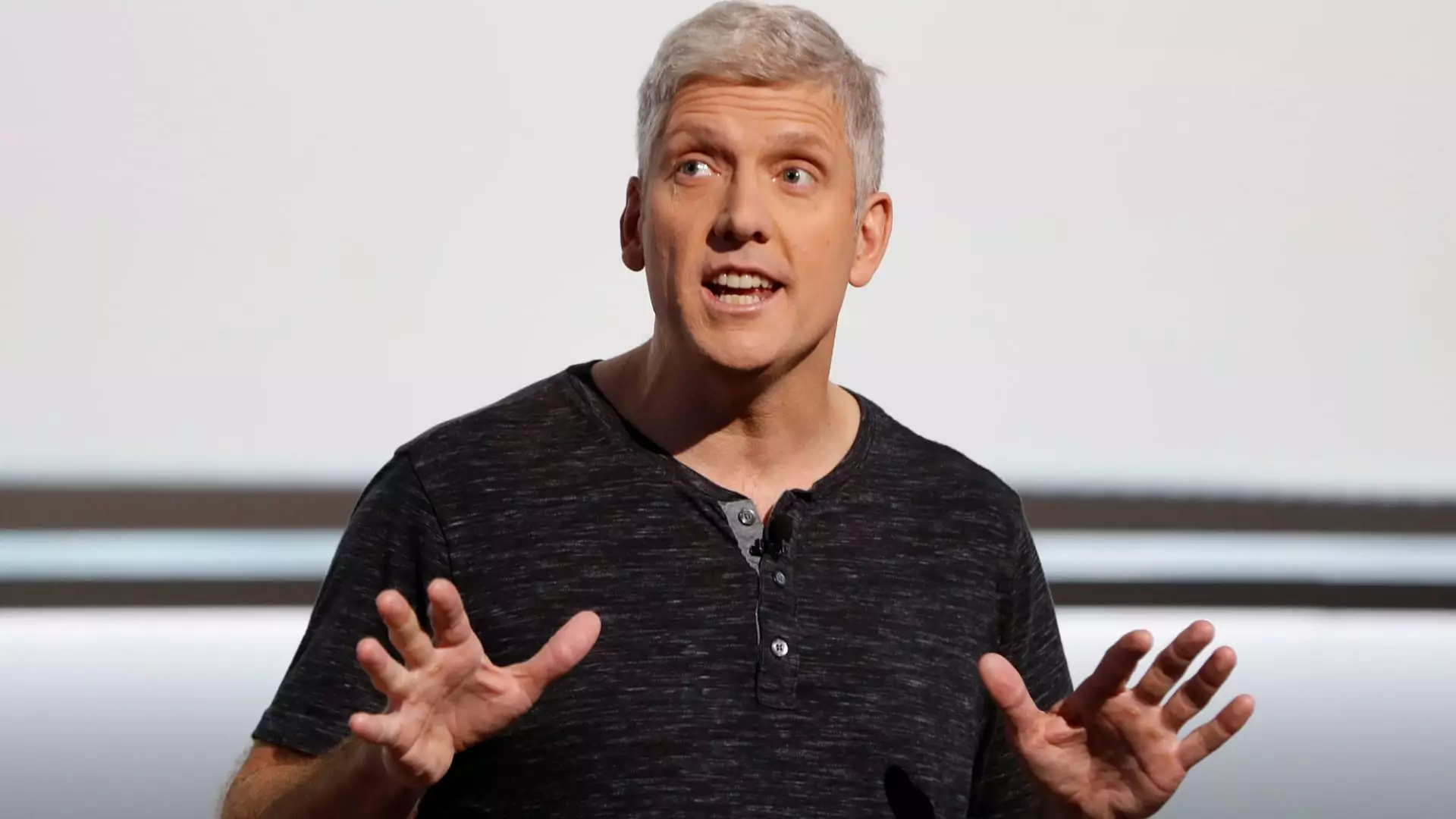In a notable move signaling potential organizational restructuring, Google has recently introduced a voluntary buyout program targeted at employees within its “Platforms and Devices” unit. This initiative represents a strategic shift within one of the company’s critical divisions, which encompasses a broad range of products including Android, Chrome, and smart devices like Nest and Fitbit. As businesses increasingly prioritize adaptability, Google’s actions reflect both the urgency of maintaining its competitive edge and the complexities of managing a large workforce in a rapidly evolving tech environment.
The “Platforms and Devices” unit is a substantial segment of Google, housing more than 25,000 full-time employees. This division plays an instrumental role in the company’s product development pipeline, yet it has faced scrutiny in light of Google’s broader transition towards greater emphasis on artificial intelligence (AI). The decision to offer voluntary buyouts is symptomatic of an organization that is recalibrating its focus amid mounting pressure to optimize operational efficiency and align resources with emerging technological trends.
Rick Osterloh, the senior vice president overseeing this unit, has indicated that the buyouts are presented as a supportive option for employees grappling with job-related stressors or misalignments with company goals, rather than as a punitive measure. The timing and context of these buyouts suggest that Google is not only concerned with the individual employee experience but is also keen to streamline its workforce to better serve its strategic vision for AI advancement.
With new leadership, notably the recently appointed CFO Anat Ashkenazi, Google is accelerating its focus on cost management and resource allocation. Ashkenazi’s commitment to driving financial prudence has cascading effects throughout the organization—one of which includes this buyout initiative. By encouraging voluntary exits, Google aims to refine its workforce composition, allowing it to commit more resources towards AI initiatives and product enhancements.
It’s significant that the buyout program was rolled out in conjunction with recent changes within the Platforms and Devices division, such as the merger of Android and Pixel teams. This operational restructuring offers a dual benefit: it not only aims for improved efficiency but also aims to forge a more coherent direction for the division’s product strategy. As the company grapples with increasing hardware costs and potential tariffs, nimbleness within its workforce structure becomes paramount.
Reactions among employees regarding the buyout initiative range from relief to anxiety. Many have expressed appreciation for the voluntary nature of the program, viewing it as a more humane alternative to abrupt layoffs—a common theme across many tech firms experiencing financial squeezes in recent times. Internal communications indicate that employees feel that offering buyouts aligns with their requests for job security measures before resorting to layoffs. This sentiment speaks to the value of employee input and engagement in high-stakes decisions that impact their livelihoods.
However, the looming possibility of layoffs despite the proposed buyout may still cultivate an atmosphere of uncertainty, inciting employees to sign internal petitions advocating for job security. As companies like Google navigate complex market conditions and rapidly fluctuating demand for tech products, balancing employee morale with strategic financial imperatives presents a significant challenge.
Looking ahead, Google’s commitment to integrating AI into its core product offerings cannot be overstated. The company is actively engaging with new technologies, as evidenced by its acquisition of engineering talent from HTC Vive to bolster its Android XR platform. Such efforts illustrate not only the urgency of innovation but also the potential benefits of strategic workforce alignment—whether through buyouts, layoffs, or talent acquisitions.
As the tech landscape evolves, companies must remain agile, fostering a culture of adaptability among their staff while concurrently driving forward their innovation agendas. Google’s voluntary buyout program offers a glimpse into its strategy for navigating these choppy waters, seeking to create a leaner, more committed workforce ready to tackle the challenges of tomorrow.
While the buyout initiative represents a proactive step for Google, it remains a reflection of the broader shifts in the tech industry. The balance between technological advancement and employee welfare is delicate but essential for maintaining a healthy corporate ecosystem; it is a balance that Google will need to carefully navigate as it continues to adapt in a fast-changing market.


Leave a Reply
You must be logged in to post a comment.